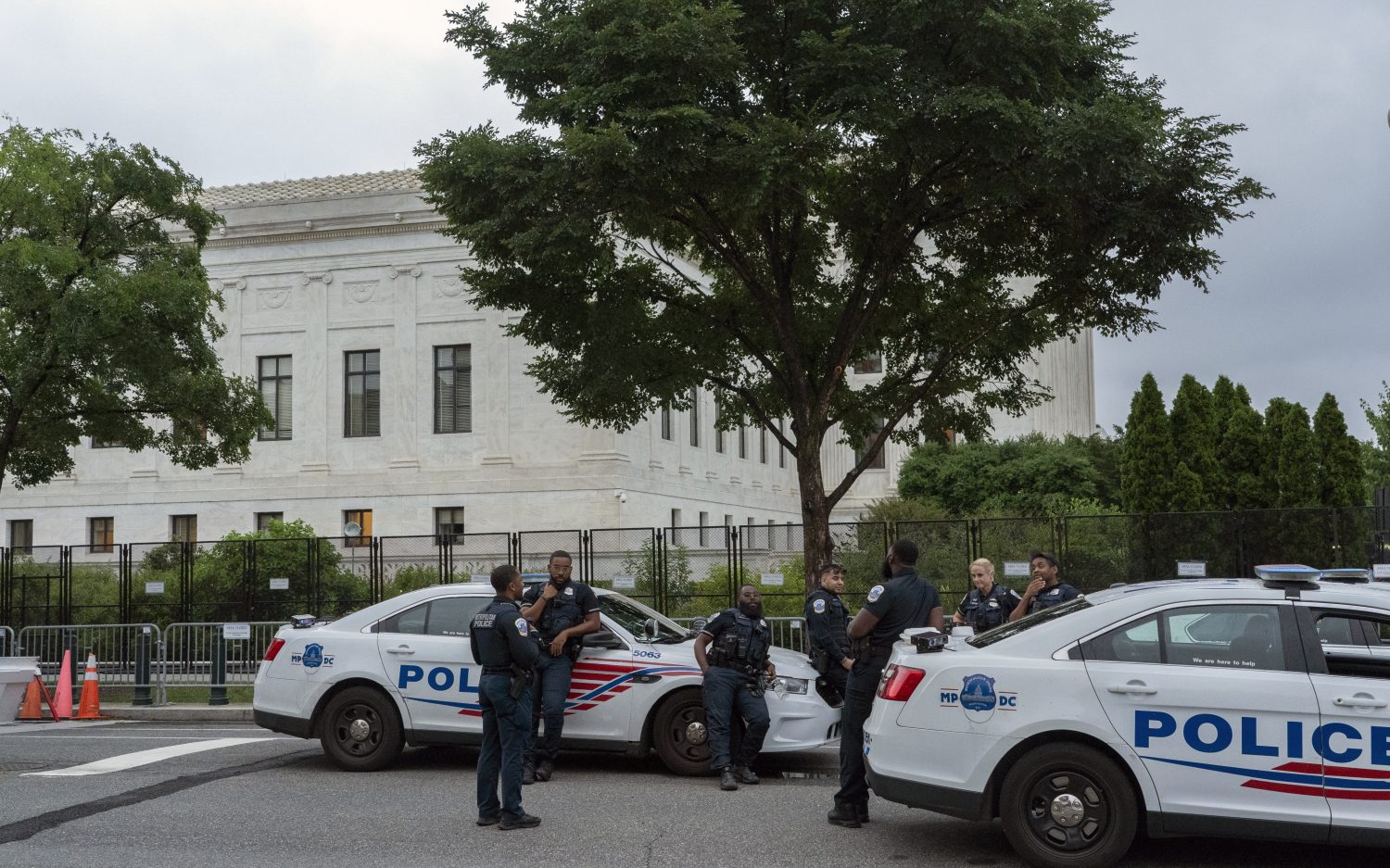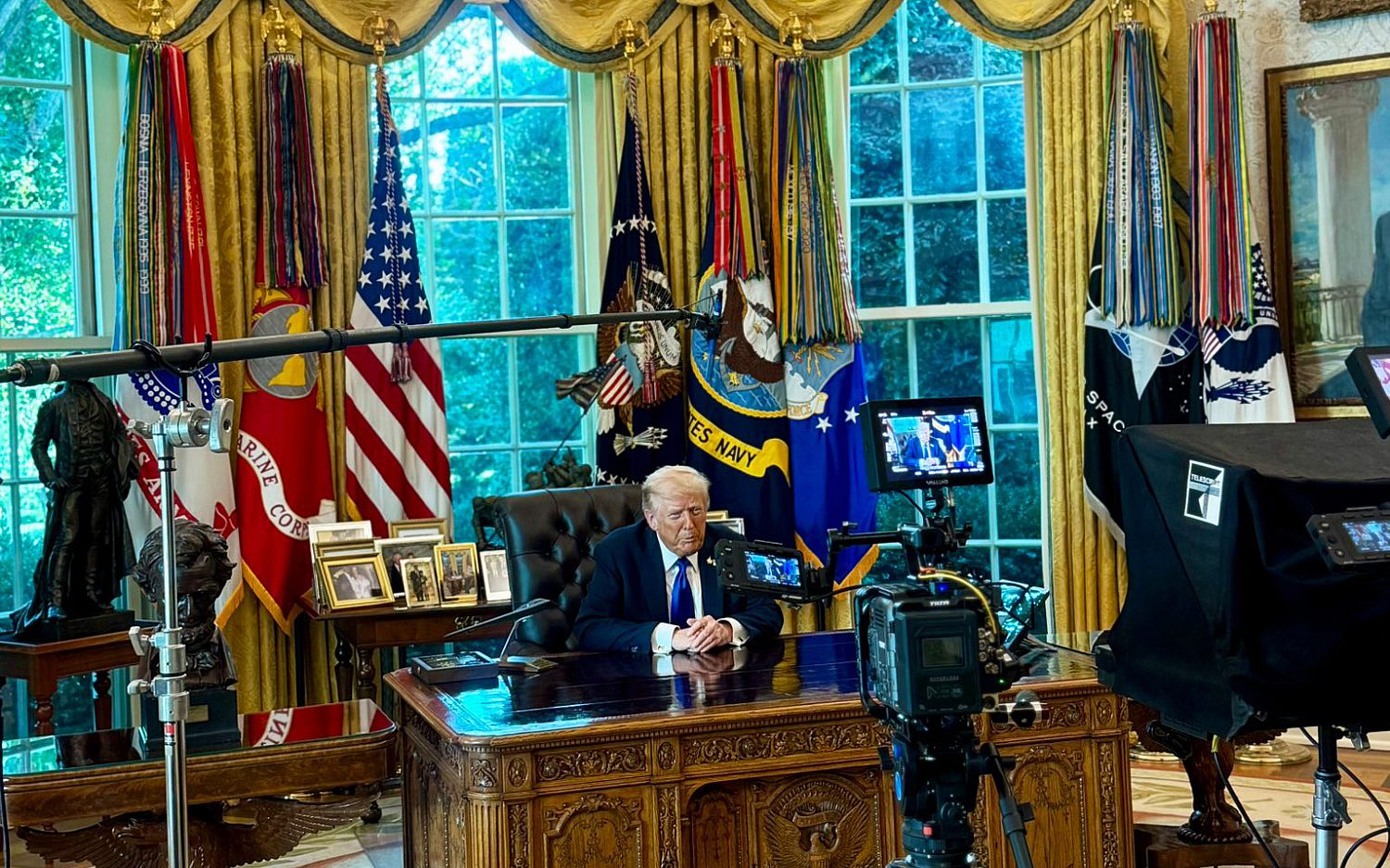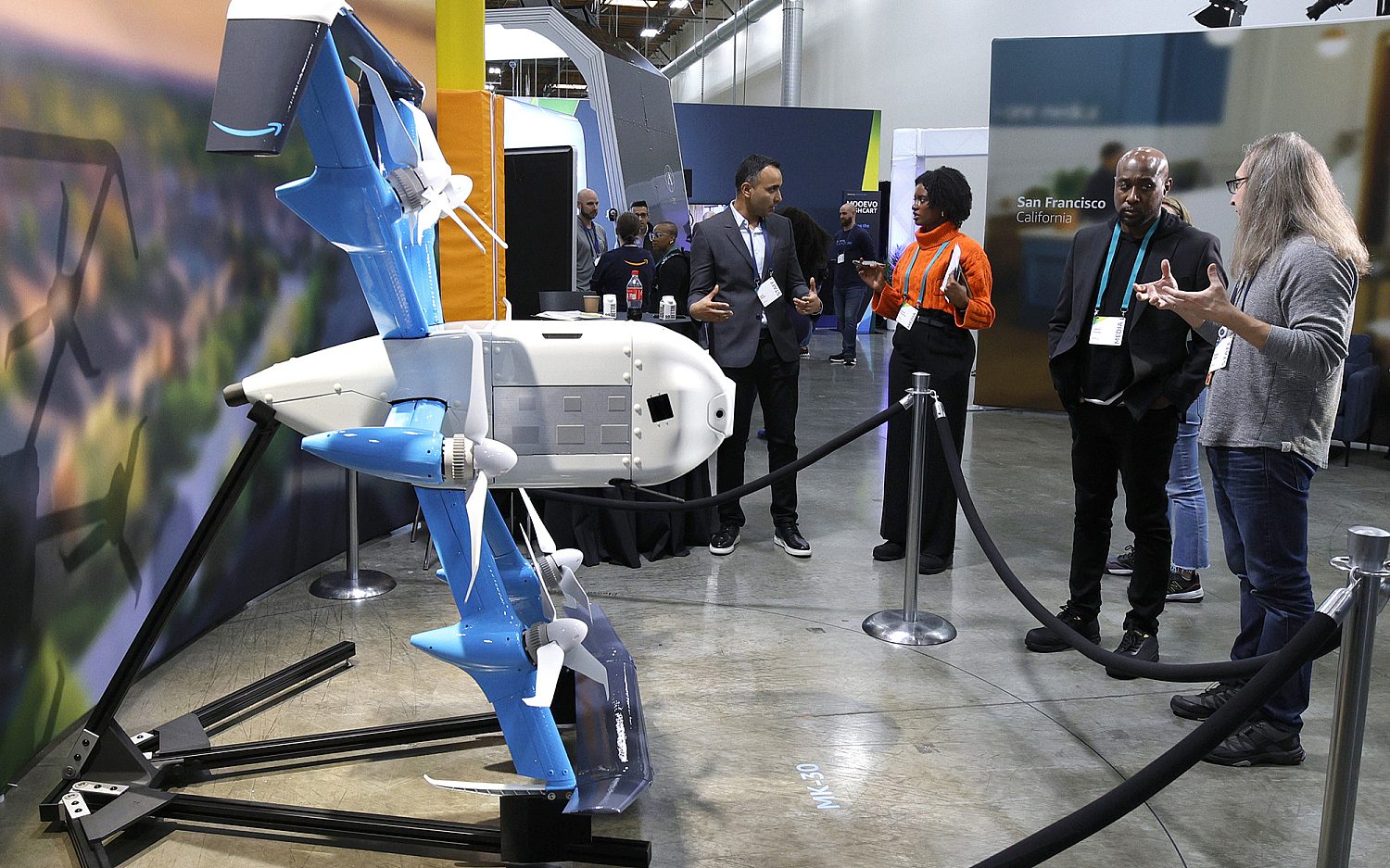Investigators: Pilots battled bad sensors on Boeing jets
The Indonesian transportation safety agency on Thursday released more details from the October 2018 Lion Air plane crash, revealing disturbing similarities between it and the Ethiopian Airlines crash earlier this month. The day before Lion Air Flight 610 crashed into the Java Sea off Indonesia on Oct. 29, an off-duty pilot averted a nosedive during a flight from Bali to Jakarta. When the jet began to drop abnormally, the pilot directed the crew to disable a malfunctioning flight control system, getting the plane under control, Bloomberg reported. A day later, with a different crew, that same jet crashed shortly after takeoff, resulting in the deaths of all 189 passengers and crew members on board. Soerjanto Tjahjono, chairman of the Indonesian National Transportation Safety Committee, disputed accounts of the pilots scrambling to find a solution in the manual right before the Lion Air crash occurred.
Both the Lion Air jet and the Ethiopian Airlines plane that crashed and killed all 157 people on board on March 10 were Boeing 737 Max models. The jet’s new flight control software automatically lowers the plane’s nose if one or both sensors detects it is pointed too high. Authorities suspect malfunctioning sensors contributed to both crashes.
Additionally, both of the crashed Boeing jets lacked safety features that were part of an optional upgrade for additional charges, The New York Times reported Thursday. One safety feature displayed the readings of the two sensors, and another, called a disagree light, would activate if the sensors contradicted each other. The Federal Aviation Administration didn’t require either feature. Federal prosecutors in Washington, D.C., are investigating the FAA’s role in approving the jets. The agency allowed Boeing to handle some of the safety assessments for the plane in 2015. FAA technical experts said managers pushed them to accelerate the certification process to keep up with the rival Airbus A320neo, The Seattle Times reported.
Boeing CEO Dennis Muilenburg said the company is working to ensure the safety of its 737 Max jets, including updating the software and adding new pilot training. An official with the company told The New York Times that Boeing plans to update its MCAS system to take readings from both sensors instead of just one and to disable them if the two disagree.
An actual newsletter worth subscribing to instead of just a collection of links. —Adam
Sign up to receive The Sift email newsletter each weekday morning for the latest headlines from WORLD’s breaking news team.





Please wait while we load the latest comments...
Comments
Please register, subscribe, or log in to comment on this article.